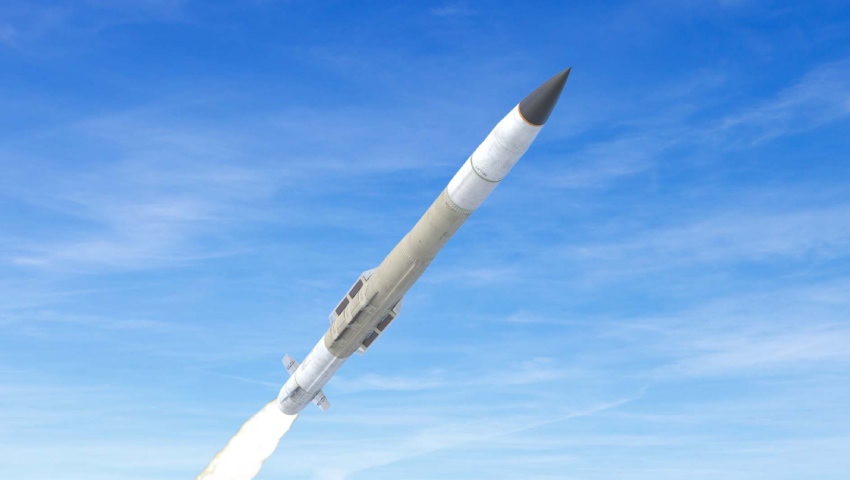The US Army’s missile defence program has achieved a new milestone following successful flight tests.
Lockheed Martin has integrated its PAC-3 Missile Segment Enhancement (MSE) with the US Army Integrated Air and Missile Defense Battle Command System (IBCS) for the first time.
During flight tests conducted earlier this month, two PAC-3 MSE missiles successfully engaged from IBCS and intercepted tactical ballistic missile (TBM) threats over White Sands Missile Range, New Mexico.
This was also the first Field Surveillance Program (FSP) tests for PAC-3 MSE under the US Army project, confirming the reliability and readiness of fielded PAC-3 missiles.
“PAC-3 continues to build upon our rich history of reliable and innovative missile defence while also demonstrating our compatibility with one of the US Army’s foremost modernisation priorities to stay ahead of advanced threats,” Brenda Davidson, vice president of PAC-3 programs at Lockheed Martin Missiles and Fire Control, said.
The PAC-3 MSE, an advanced variant of the PAC-3 CRI, is built with a dual-pulse solid rocket motor, tipped to provide increased performance in altitude and range.
The capability is used for defence against incoming threats, including tactical ballistic missiles, cruise missiles and aircraft.
[Related: US DOD taps Lockheed Martin, Verizon for 5G project]









